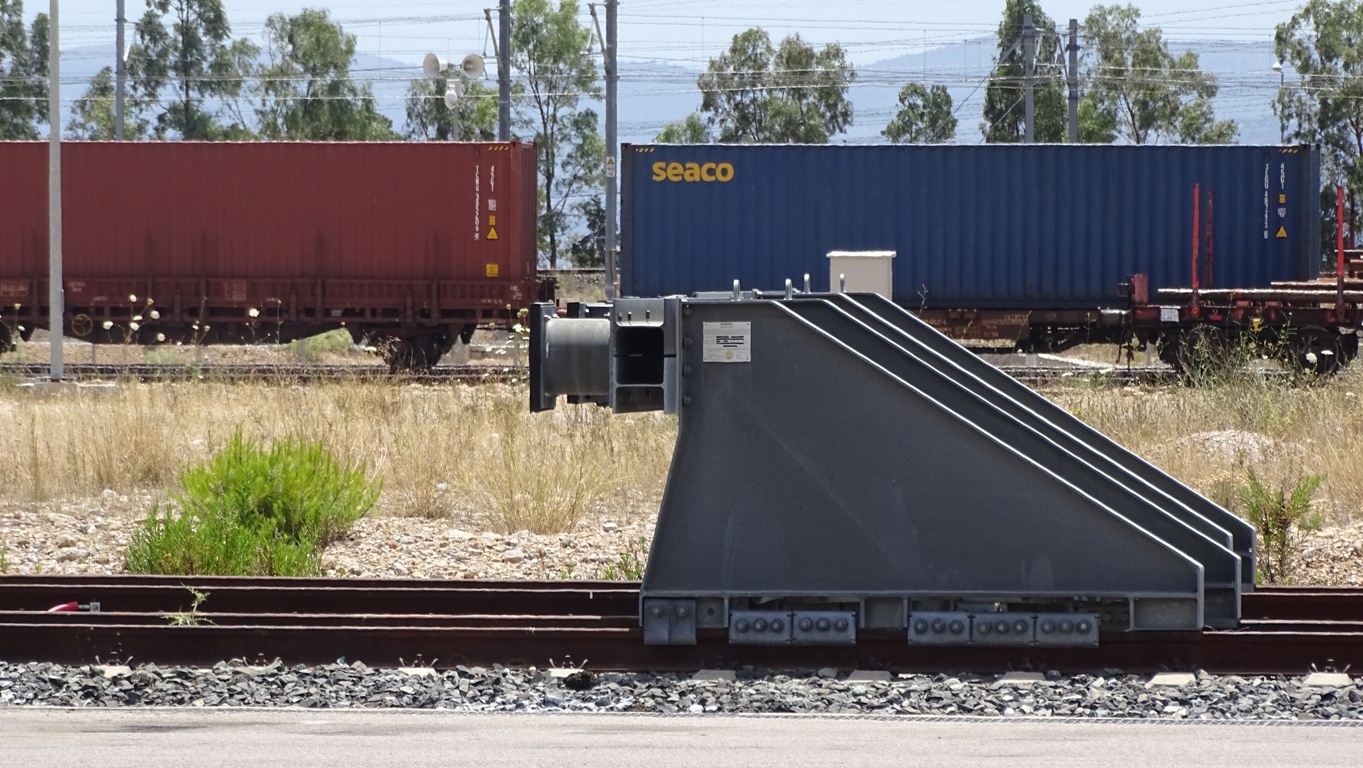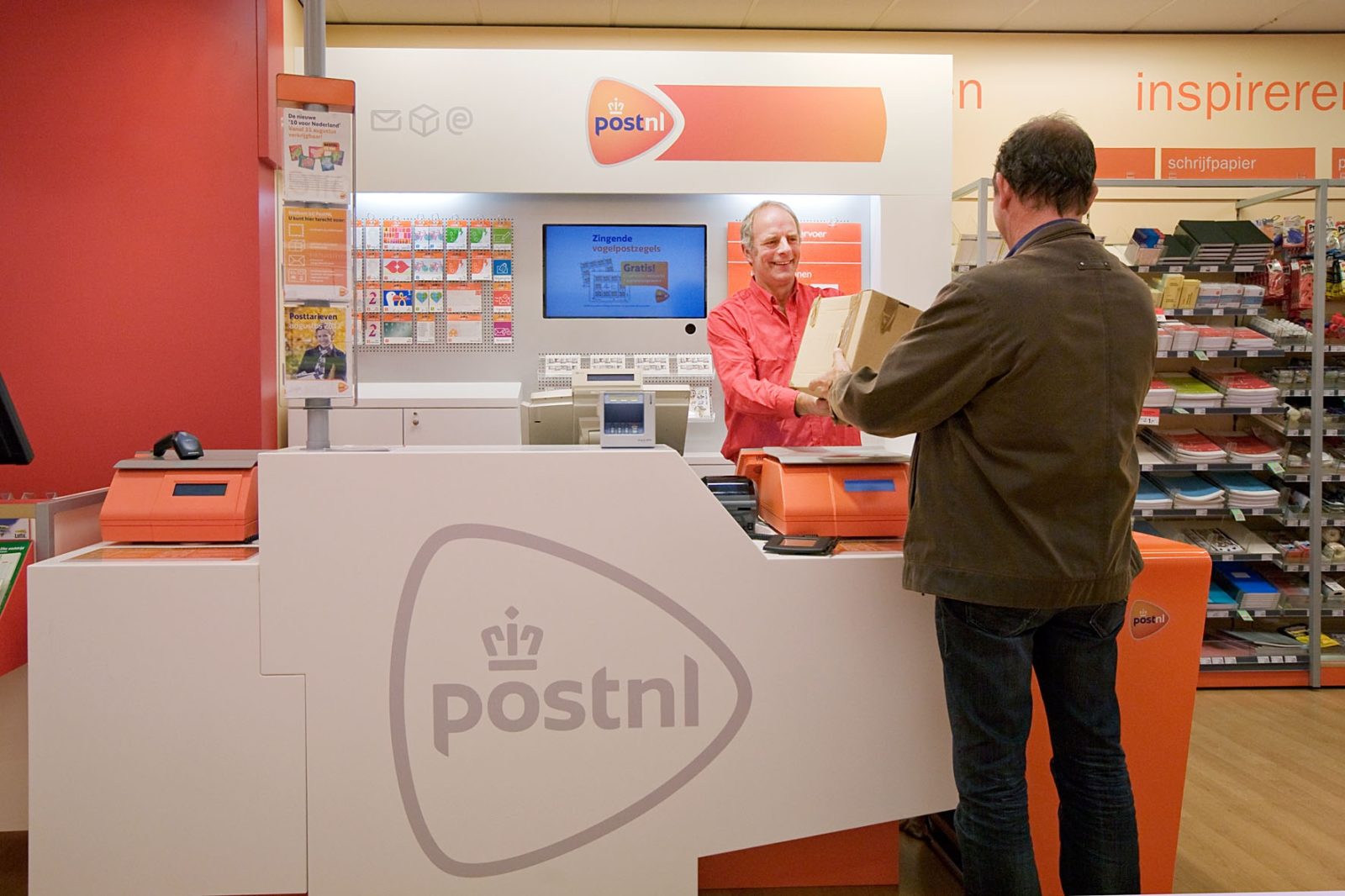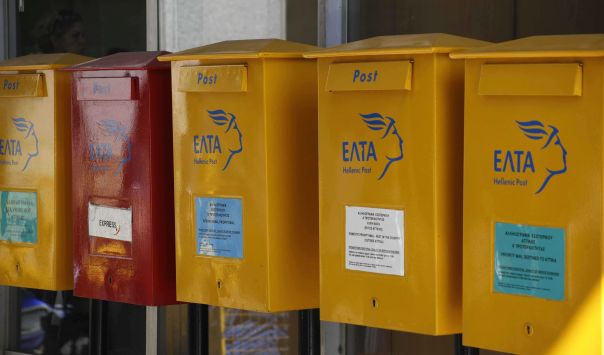Why is EU action on cross-border parcel delivery necessary?
High prices of cross-border parcel delivery are one of the biggest obstacles for consumers and retailers, especially small and medium-sized companies, who would like to buy and sell online across the EU. In the public consultation on parcel delivery and a Eurobarometer survey on e-commerce, a lower price for cross border delivery was identified as the main improvement that would make businesses and consumers buy and sell more online. A lack of transparency surrounding parcel delivery prices encourages operators to maintain prices that in some cases are unreasonably high.
Cheaper parcel delivery would also encourage consumers to choose from a wider range of products and e-retailers to reach new markets. Contrary to what people might think, high cross-border parcel prices do not always reflect the underlying costs involved.
For example, the price of a comparable standard 2kg parcel could be very high from one country and much lower from another, even if both have similar labour costs and the parcels will travel a similar distance. To send a parcel from the Netherlands to Spain would cost €8.73, while to do the same thing in reverse would cost €30.37. An econometric study on letter and parcel prices done by the Saint-Louis University also shows that cross-border parcel prices are on average 3 to 5 times higher than their domestic equivalent for all products.
Divergent national legal frameworks and differences in how the Postal Services Directive (Directive 97/67/EC) has been implemented mean that national postal regulators do not have the information they need to assess prices and monitor the parcel operators that are active on delivery markets. The Regulation aims to improve the situation by enhancing the regulatory oversight and ensuring transparency of prices for parcel delivery in the EU.
What are the main elements of the Regulation?
The Regulation contains new provisions to increase price transparency and improve regulatory oversight in the EU cross-border parcel market:
-To tackle the information deficit and improve regulatory oversight, parcel delivery operators will for the first time have to submit a set of basic data to National Regulatory Authorities, including information about subcontractors;
-Price transparency measures will apply to those parcel delivery service providers for a defined set of the most used services for individual consumers and SMEs;
-The National Regulatory Authorities will assess whether tariffs for cross-border parcel delivery services are unreasonably high where they are subject to the universal service obligation;
-In line with the Consumers Rights Directive, traders will provide consumers with clear information on prices charged for cross-border parcel delivery and customer complaints procedures.
How do you define parcels and parcel service providers that fall within the scope of the Regulation?
-A parcel delivery service provider is involved in clearance, sorting or distribution and parcels. Transport alone, if not provided together with one of these activities, is not considered to be a parcel delivery service. This covers universal service providers but also the express industry or any company involved in the business of clearance, sorting and distribution of parcels (above 50 workers or active in several Member States).
-The universal service obligation is set out in the Postal Services Directive. Member States must ensure that citizens are provided with a postal service of a specified quality anywhere in their country at an affordable price. They should ensure that contact and access points are able to cope with the needs of their users and that universal service is guaranteed at least 5 working days a week (including 1 collection and 1 delivery per day). The undertaking subject to that obligation is a universal service provider.
-A parcel is defined in the Regulation as an item which weighs less than 31.5kg and its smallest dimension exceeds 20mm.
How will the affordability of tariffs be assessed? How will you define objective criteria?
The National Regulatory Authorities will assess whether tariffs for cross-border parcel delivery services are unreasonably high where they are subject to the universal service obligation. Services subject to a universal service obligation should be affordable and their tariffs linked to the costs of the service. Objective criteria clearly influence the costs of delivery, for example the domestic tariffs in the country of origin and the final destination as well as specific transportation or handling costs and the volume of parcels. National Regulatory Authorities (NRAs) already assess the affordability of a selection of (domestic) postal services and they know how the affordability of tariffs can be assessed. They might consider whether vulnerable consumers and small businesses can purchase certain services, price benchmarking and the number of hours that someone needs to work to be able to send a particular postal item. The Commission will issue guidelines to help ensure harmonised assessment across the EU.
Does the Regulation impose price regulation?
No. The Regulation does not impose a cap on delivery prices but complements self-regulatory initiatives taken by postal operators to improve the quality and convenience of cross-border parcel delivery services. The Commission will take stock of progress made in 2020 and assess if further measures are necessary. The review will coincide with the next report on the application of the Postal Services Directive.
Why won’t the Commission let the market itself fix the problems?
The cross-border parcel market is not competitive for all senders. In many countries, customers who want to send individual or small shipments, especially in remote and peripheral areas, have a very limited choice of cross-border delivery services. The regulation aims to fix a market failure for small companies and vulnerable consumers with low volumes who do not have the bargaining power to obtain better conditions through negotiated tariffs. Non-legislative action linked to the 2013 Parcel Roadmap has improved neither affordability nor regulatory oversight so far. A targeted Regulation that makes the prices for cross-border parcel delivery services more transparent and affordable and gives regulators better oversight of the growing number of parcel delivery service providers within the EU, will improve e-commerce for consumers and businesses, especially the smallest ones, who can take advantage of the growing European online market.
What will be the benefits for consumers and businesses?
To improve price transparency the Commission will publish parcel delivery tariffs on a website so that consumers and e-retailers can compare domestic and cross-border tariffs between Member States and between providers. The website will highlight the highest tariffs; this should encourage consumers and small e-retailers to look for a better deal and providers to offer better services. The new rules will improve e-commerce for consumers and businesses, especially small and medium-sized companies, who can take advantage of the growing European online market.
How will you ensure transparency?
Price transparency measures will apply to all parcel delivery service providers for a defined set of the most used services for individual consumers and SMEs. This information will be transmitted to the Commission and published on a public website each calendar year.
What will be the role of the national regulatory authorities?
National Regulatory Authorities (NRAs) will be responsible for collecting the prices of certain services from parcel delivery service providers and assessing the affordability of the ones that are subject to the universal service obligation. They will also be responsible for collecting basic information about the activities of all parcel delivery service providers, such as the names and addresses of the providers; the services that they offer and conditions of sale, including complaints procedures; annual turnover for parcel delivery services and number of items delivered; the number of workers and basic information about subcontractors.
Will parcel delivery providers have new responsibilities? Won’t the proposal only add to the administrative burden of small operators?
Only parcel delivery providers who do not already submit information to national postal regulators will have an additional responsibility. Indeed, in line with the “once-only” principle, the Regulation foresees that providers shall submit information to the national regulatory authority unless this authority has already requested and received such information.
In order to limit the administrative burden, the transfer of data by parcel delivery providers, national regulatory authorities and the Commission should be electronic, for example by allowing the use of e-signatures provided for in the eIDAS Regulation.
Parcel delivery service providers who only operate in one EU country and employ fewer than 50 people will be exempt from the obligation to provide information.
How will the Commission ensure the implementation?
A Regulation is directly binding on all Member States; it is concrete and specific, and helps avoid further regulatory fragmentation. The creation of the EU price webpage and affordability assessments must all happen to the strict timetable that is set out in the Regulation. It also requires EU countries to establish penalties for infringements of the Regulation and to take all necessary steps to ensure the Regulation is implemented. If necessary, the EU Treaties provide for legal instruments allowing the Commission to ensure compliance with the obligations.
What other actions are planned to improve the quality of cross-border parcel services?
Other actions addressing problems related to cross-border parcel delivery are underway. EU universal service providers have already introduced a cross-border complaints handling procedure and they have committed to introduce new services, such as cross-border track and trace and common labels. The Commission regularly monitors progress in this area. Two e-commerce associations, EMOTA and E-commerce Europe, have developed European trustmarks for e-commerce that include delivery features. The Commission has prepared a standardisation request for CEN, the European Committee for Standardisation, which includes the development of quality standards for cross-border parcel delivery. In 2018 the Commission will launch a comprehensive study on the dynamic development of cross-border e-commerce through efficient parcel delivery with the support of the European Parliament, focusing on consumers’ and e-retailers’ needs.
What are the next steps?
The new rules in the Regulation will come into force 20 days after the publication in the EU Official Journal. As markets for parcel delivery services are changing fast, the Commission will re-assess the efficiency and effectiveness of this Regulation, taking into account developments in e-commerce, and submit a regular evaluation report to the European Parliament and the Council in 2020, and every three years thereafter. That report should be accompanied, where appropriate, by proposals for review to the European Parliament and the Council.
(europa.eu)

















































